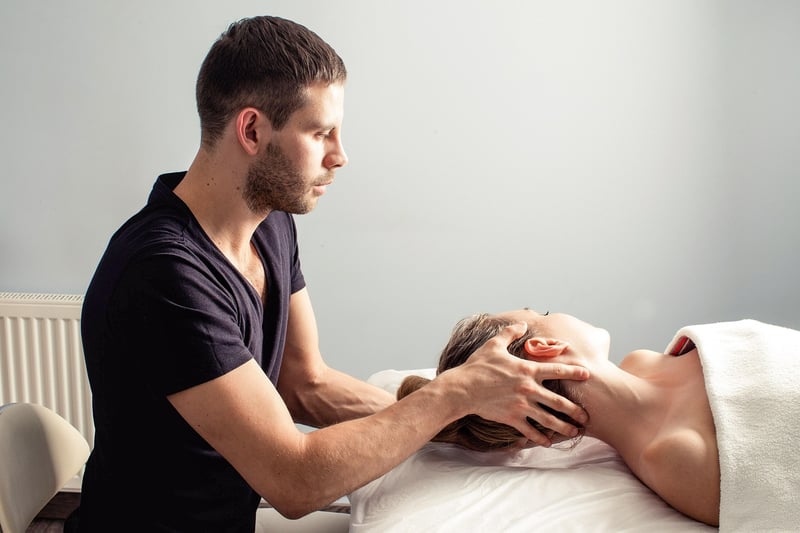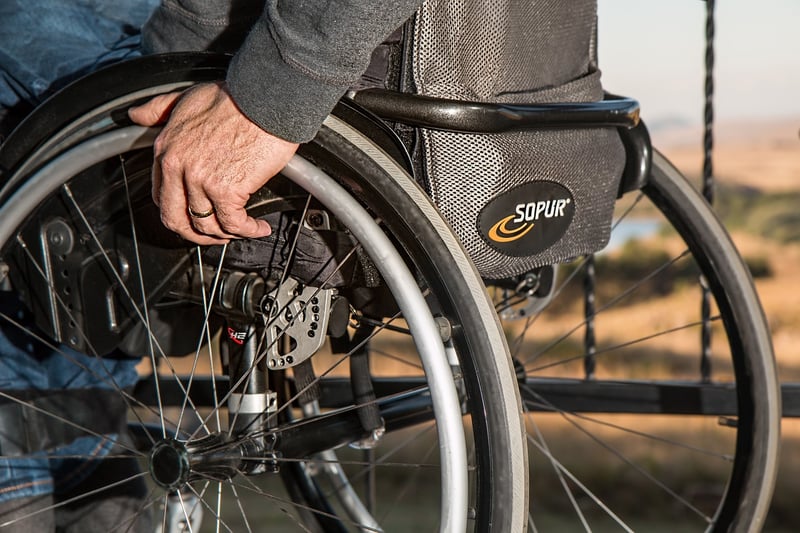Pilates for Rehabilitation
The Importance of Core Strength and Alignment in Rehabilitation with Pilates
When it comes to rehabilitation, focusing on core strength and alignment plays a crucial role in the recovery process. Incorporating Pilates into rehabilitation programs has gained popularity due to its ability to improve core stability, flexibility, and overall body alignment. Let's delve into why core strength and alignment are essential for rehabilitation and how Pilates can be a beneficial addition to your recovery journey.
The Role of Core Strength and Alignment in Rehabilitation
Core strength refers to the muscles in your abdomen, pelvis, back, and hips working together to support and stabilize your spine. When recovering from an injury or surgery, having a strong core is vital for maintaining proper posture, preventing further injuries, and improving overall movement patterns.
Alignment, on the other hand, focuses on the correct positioning of the body parts in relation to each other. Poor alignment can lead to muscle imbalances, joint stress, and limited range of motion, hindering the rehabilitation process.
Benefits of Pilates for Rehabilitation
Pilates is a low-impact exercise method that emphasizes core strength, flexibility, and body awareness. It can be tailored to suit individuals of all fitness levels, making it a suitable option for those undergoing rehabilitation.
- Improved Core Strength: Pilates targets the deep stabilizing muscles of the core, helping to build strength from the inside out.
- Enhanced Flexibility: Through controlled movements and stretches, Pilates promotes flexibility in tight muscles, reducing the risk of further injuries.
- Correcting Alignment: Pilates exercises focus on alignment, helping individuals improve their posture and movement patterns.
- Body Awareness: Practicing Pilates enhances body awareness, which is beneficial for individuals recovering from injuries as it helps them move mindfully and prevent compensatory movements.
Integrating Pilates into Your Rehabilitation Program
Before starting any exercise program, it is essential to consult with your healthcare provider or a certified Pilates instructor, especially if you are recovering from an injury or surgery. They can assess your condition and recommend specific Pilates exercises tailored to your needs.
By incorporating Pilates into your rehabilitation program, you can expedite your recovery process, improve your core strength and alignment, and enhance your overall well-being.
Conclusion
Core strength and alignment are fundamental aspects of rehabilitation, and Pilates offers a holistic approach to improving both. Whether you are recovering from an injury, surgery, or simply looking to enhance your physical well-being, integrating Pilates into your routine can have numerous benefits.
Remember, consistency is key when it comes to rehabilitation and exercise. Stay committed to your Pilates practice, listen to your body, and enjoy the journey to a stronger, more aligned you!

References:
